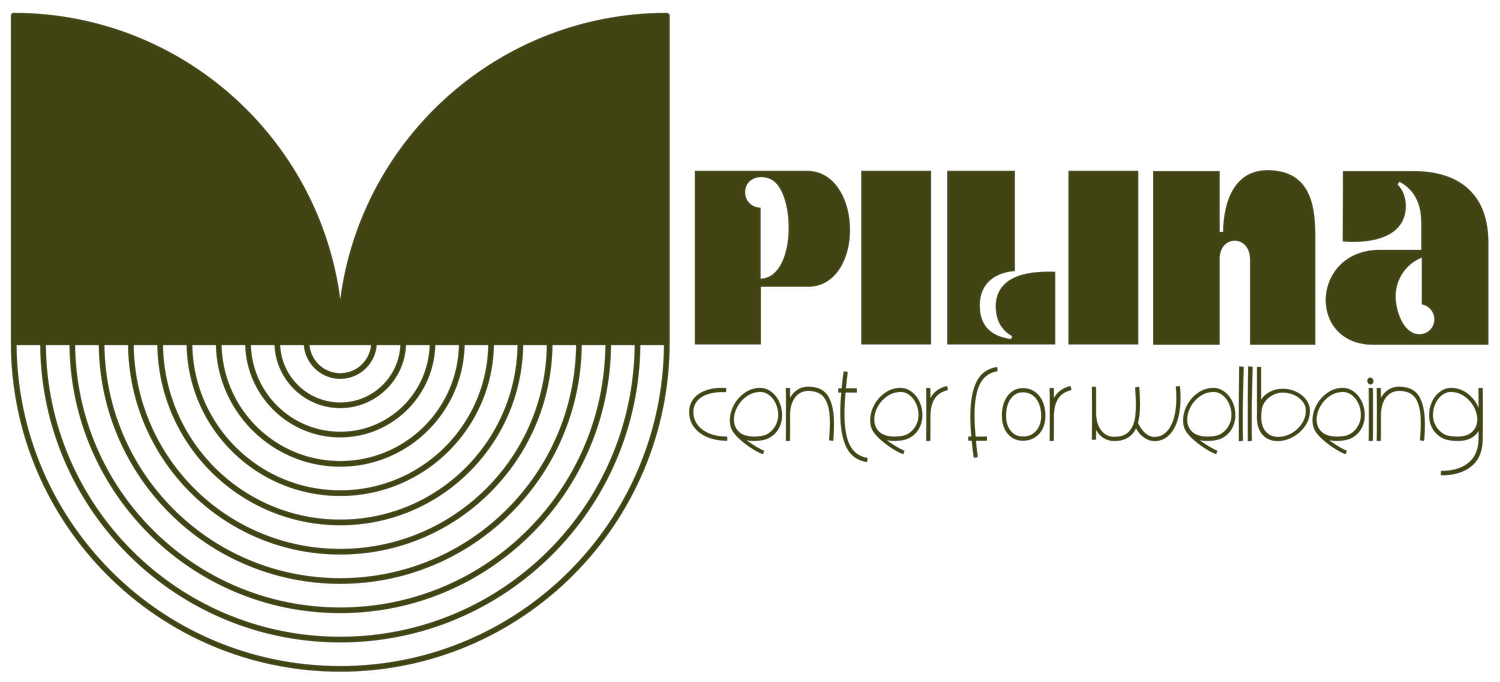
“Believe that the past is in front of you”
Wā Kaheāwai - Connecting Past, Present, and Future
Processes of Wā Kaheāwai
· Connection to past (i.e., personal, ʻohana, lāhui) leads to ʻŌiwi identity rather than identification through blood quantum
· Intergenerational connection leads to mutually supportive family relationships which can then support quality of life dimensions such as education and finances
· Alignment of pikos leads to wellbeing and alleviates stress, “you are walking into history with your ancestors—what have you to fear?” (see Pono and Lōkahi Triangles below)
· Healing from past trauma (individual and lāhui) allows for the recognition of potential futures which leads to mauli ola
· Believing the past is in front of you allows one to listen to ancestral naʻauao (wisdom), realizing one is a part of a fabric of people, bringing wisdom, comfort, reassurance, sense of belonging
· Viewing oneself as a future ancestor opens pathways to more meaningful kuleana and purpose*
A female cultural leader summarizes the notion that mauli ola involves listening to one’s ancestors to inform a well future:
I think, I mean, to me that’s everything. I feel like if I even can call myself a practitioner it’s because I’m striving for mauli ola and otherwise I’m just a licensed massage therapist and to me I think the difference in being a cultural practitioner versus a licensed therapist and whatever might be is that we’re continuously navigating mauli ola you know navigating how to connect back to our past how to bring it to this present and then how to also listen and what our kūpuna, what ke akua’s telling us for the future. Just being able to navigate that, not get stuck in one place but really being able to flow, being able to really be in that space without time.
A male provider with 11 years’ experience with Kānaka ʻŌiwi elaborates that having a connection to one’s kūpuna can prime an individual to have other kinds of pilina, connections, that support wellbeing:
For Hawaiians, we are the product of generations, so all the generations behind us … Our belief is that [ancestors] support us, they care about us, they are connected to us in a way that is pili, it’s something very tight. So for a person to open themselves up to that connection, they can open themselves up to other things that connect them to 'āina to, all these different things in a family that might have generation for them.
A leader in MBH provision for Kānaka ʻŌiwi describes the importance of the Lōkahi Triangle in their work with Kānaka ʻŌiwi with behavioral health challenges. She describes the three pikos of the triangle: 1) the piko of the past (at the top of the head) which is where one connects to ancestral naʻauao (wisdom), practice, and history; 2) the present (at the belly button) where one connects to one’s parents and relationships; and, 3) future (at the genitals), where one connects to creativity and generativity. She suggests that when one piko is out of alignment, the other pikos can be focused upon to support wellbeing. For example, if the present feels distressing, a female Gen X MBH provider used an example of focusing on the past instead, connecting with ancestors to identify a cultural activity to engage with common to one’s lineage to support wellbeing. Engaging in a future piko might look like contributing something, or doing something prosocial in the community, if not something related to a biological future creativity. These descriptions emphasize the interconnected and relational ecology are rooted in works of Rezentes (1996) and Martin and colleagues (2014).
A female kumu hula, who also offered lomilomi training for mothers with a history of substance abuse, expressed a similar sentiment:
There’s something really powerful there, that if somebody’s having a hard time locking in and engaging with the present, with the present family situation, to tap into this idea that not only are we all descended from survivors, but somewhere in the reaches of our unnamed ancestors you know they were all practitioners, they were all healers, they were all using lāʻau lapaʻau, they were all doing lomilomi, they were all surfing, or hōlua sledding <laughing>, or one of them was steeped in a living and vibrant Hawaiian culture, and that maybe if we can just reach a little bit further back than the trauma, that we can find the connection to those ancestors that were thriving, and see if we can start there and then let that mauli ola kind of trickle down.
*Qina‘au, J., & Hill, P. L. (2024). Finding Direction for Purpose Research in Hawai‘i: A Narrative Review. Hawai‘i Journal of Health & Social Welfare, 83(4), 108–112. https://doi.org/10.62547/GPDR2188


